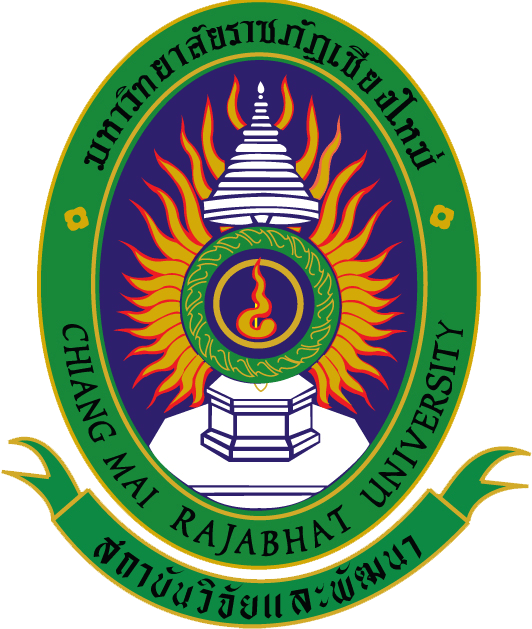
ระบบสารสนเทศงานวิจัย สถาบันวิจัยและพัฒนา มหาวิทยาลัยราชภัฏเชียงใหม่
Research Information System(RIS)
การใช้เทคนิคเหมืองข้อมูลเพื่อค้นหารูปแบบและองค์ประกอบเนื้อหาทางการตลาดสำหรับผลิตภัณฑ์ชุมชน
อาจารย์สุดารัตน์ แสงแก้ว
คณะวิทยาการจัดการ
คำสำคัญ :
เลขทะเบียน :
1621-65-MGT-CMRU
บทคัดย่อ
กลยุทธ์การตลาดเชิงเนื้อหาเป็นกลยุทธ์ที่ทำให้เนื้อหาที่มีคุณค่าและน่าสนใจ ช่วยสร้างการมีส่วนร่วมของลูกค้ากลุ่มเป้าหมาย การทำการตลาดเชิงเนื้อหามีความสำคัญยิ่งยวด หากขาดประสิทธิภาพจะส่งผลต่อความล้มเหลวของของตลาดดิจิตอลตามมา ซึ่งผู้ประกอบการในชุมชนของไทยยังขาดความรู้ความเข้าใจในการสร้างสรรค์เนื้อหาทางการตลาด การวิจัยนี้จึงมุ่งหาแนวทางในการพัฒนาเนื้อหาทางการตลาดสำหรับผลิตภัณฑ์ชุมชน 5 ประเภท โดยใช้เทคนิคการทำเหมืองข้อมูลวิเคราะห์ข้อความทางการตลาดจากเพจของร้านค้าบนเฟสบุ๊คที่มีผู้ติดตามจำนวนมาก โดยเทคนิคที่ใช้ได้แก่ เทคนิคการจำแนกประเภทข้อความ Zero-short classification และ เทคนิคการจัดสรรดีรีเคลแฝง (Latent Dirichlet Allocation หรือ LDA)
ผลจากการศึกษาพบว่า องค์ประกอบของเนื้อหาทางการตลาดสามารถแบ่งได้เป็น 3 กลุ่มได้แก่ 1) องค์ประกอบพื้นฐาน เป็นสิ่งจำเป็นที่ต้องระบุให้ชัดเจนได้แก่ ได้แก่ ชื่อร้าน/สินค้า คุณสมบัติ/ประโยชน์ ปัญหาหรือความต้องการ การแก้ไขปัญหา 2) องค์ประกอบเสริมอารมณ์ ช่วยเสริมอารมณ์ตามหลักจิตวิทยา ช่วยสร้างจินตนาการ ภาพคิดให้กับผู้บริโภค ซึ่งเป็นแรงจูงใจให้เกิดการตัดสินใจซื้อ ได้แก่ การสัมผัส 5 ด้าน การขอบคุณ ข้อเสนอโปรโมชั่น/ทางเลือก คุณค่าของผลิตภัณฑ์ ข้อมูลที่น่าสนใจ คำเชิญ คำจูงใจความสนใจ คำทักทาย ความห่วงใย ข้อความเตือน
3) องค์ประกอบสร้างความเชื่อมั่น ช่วยให้ลูกค้าเกิดความมั่นใจในการซื้อและการใช้สินค้า ได้แก่ ประสบการณ์ สร้างความน่าเชื่อถือ การเปรียบเทียบ การเล่าเรื่อง ราคา ช่องทางติดต่อ
Abstract
A content marketing strategy refers to a plan that focuses on creating valuable and engaging content to connect with the intended audience. The lack of effectiveness in content marketing has resulted in digital marketing disappointments. Thai small and medium-sized enterprises (SMEs) recognize the importance of comprehending and following guidelines to develop creative content marketing. This research aims to discover effective practices for content creation through the utilization of data mining techniques. The data gathered consists of posts from Facebook pages with a substantial number of followers, and the techniques employed include Zero-short classification and Latent Dirichlet Allocation (LDA).
The study's findings identified three categories of marketing content elements: 1) Fundamental elements that must be clearly specified, such as the store or product name, highlighting features/benefits, addressing problems or needs, and providing troubleshooting information. 2) Emotional elements that leverage psychological principles to enhance consumers' moods and create vivid imagery. These elements play a crucial role in purchasing decisions and include aspects like personal touch, expressions of gratitude, promotional or alternative offers, showcasing product value, providing interesting information, issuing invitations, using attention-grabbing statements, offering greetings, expressing concerns, and presenting warning messages. 3) Confidence elements that help instill trust in customers when making purchasing decisions and using products. This involves sharing experiences, establishing credibility, employing comparison techniques, and incorporating storytelling to inspire confidence.
ไฟล์งานวิจัย
3 18 ส.ค. 2565
กองทุนวิจัย มหาวิทยาลัยราชภัฏเชียงใหม่
202 ถ.ช้างเผือก ต.ช้างเผือก อ.เมือง จ.เชียงใหม่ 503000
053-88-5555